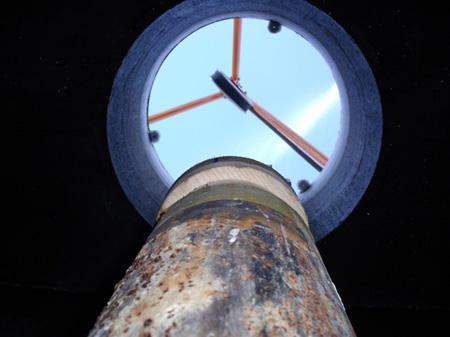Monitoring Geothermieprojekt St. Gallen
Diehl, T., Kraft, T., Kissling, E. and Wiemer, S. (2017). The induced earthquake sequence related to the St. Gallen deep geothermal project (Switzerland): Fault reactivation and fluid interactions imaged by microseismicity. Journal of Geophysical Research 122(9), 1-19. doi: 10.1002/2017JB014473
Edwards, B., Kraft, T., Cauzzi, C., Kastli, P. and Wiemer, S. (2015). Seismic monitoring and analysis of deep geothermal projects in St Gallen and Basel, Switzerland. Geophys. J. Int. 201, 1020-1037.
Obermann, A., Kraft, T., Larose, E. and Wiemer, S. (2015). Potential of ambient seismic noise techniques to monitor the St. Gallen geothermal site (Switzerland). J. Geophys. Res. Solid Earth 120(6), 4301–4316. doi: 10.1002/2014JB011817
Kraft, T. et al. (2015). Lessons learned from the 2013 ML3.5 induced earthquake sequence at the St. Gallen geothermal site. Schatzalp Workshop on Induced Seismicity, Davos, Switzerland.
Diehl, T., Kraft, T., Kissling, E., Deichmann, N., Clinton, J. and Wiemer, S. (2014). High-precision relocation of induced seismicity in the geothermal system below St. Gallen (Switzerland). EGU General Assembly Conference Abstracts 16, 12541.
Kraft, T., Wiemer, S., Deichmann, N., Diehl, T., Edwards, B., Guilhem, A., Haslinger, F. et al. (2013). The ML 3.5 earthquake sequence induced by the hydrothermal energy project in St. Gallen, Switzerland. AGU Fall Meeting Abstracts 1, 3.
